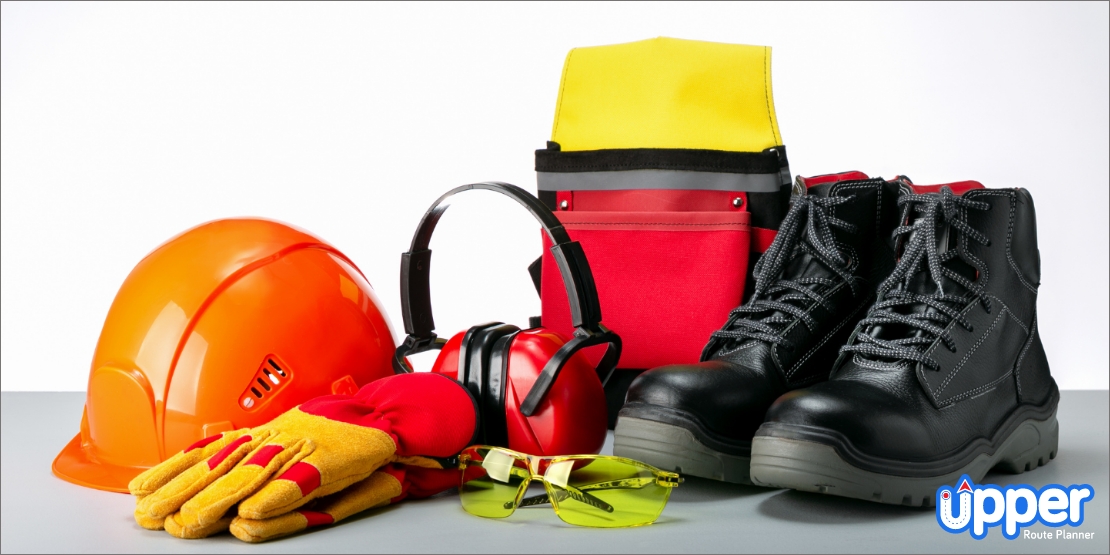A recent report from the National Highway Traffic Safety Administration states that more than 9000 people died in the USA in motor vehicle traffic crashes in the first quarter of 2022. While the latter months have seen a decline in this rate, the risk of accidents still prevails. This is why you must possess defensive driving skills.
In fact, defensive driving is a type of training given to vehicle drivers to educate them about the driving rules, standard driving practices, and the importance of driving mechanics.
Thus, by opting for this training, one will be able to handle hazardous situations on the roads. In this article, you will learn the exact defensive driving meaning and how to deal with on-road obstacles and aggressive drivers by driving defensively.
Table of Content
- What is Defensive Driving
- Must-have Safety Equipment for Drivers
- 5 Useful Ways to Tackle On-road Obstacles & Aggressive Drivers
- Defensive Driving Tips for Drivers
- Opt for Faster Driving Routes on Upper Route Planner
- FAQs
- Conclusion
What is Defensive Driving?
Learning to drive a vehicle while following basic traffic laws and procedures won’t be enough to ensure safety. You must take a defensive driving training course to navigate blockages and rash drivers effectively. This is referred to as defensive driving.
First, let’s learn defensive driving meaning Defensive driving classes mainly focus on safe driving strategies, issues involving vehicle crashes, and other hazards you may face while driving on the roadways. These are the top driving schools salt lake city.
With this course, you will learn to anticipate the present situation regarding the road and the environmental conditions in a predictable manner and make safe well-informed decisions. The courses generally train students based on the laws of their state, though the goal is the same: reducing the risk of vehicle crashes to zero.
Taking a defensive driving course means not only a reduction in getting a traffic ticket, but some online defensive driving courses also offer car insurance discounts. So, get the list of all state-approved defensive driving courses and join today.
Must-have Safety Equipment for Drivers
Several deaths in traffic collisions could have been avoided if the victim had worn a safety device, like a belt or helmet, and other pre-installed safety equipment had worked properly. Having the equipment inside the vehicle is not enough. You must get to know how to use them properly and maintain their functionality, so you are not stuck with malfunctioning parts in time of need.

Some defensive driving course classes also offer tips on how to wear and use safety devices properly to ensure safety on the roadways. Every commercial motor vehicle driver should have the following tools:
1. Fire extinguishers
The commercial vehicles must have OSHA-approved commercial fire extinguishers, which must be filled and ready to use at all times. So, monthly inspections and annual servicing are required.
2. Spare fuses
Particular fuses are required for operating specific parts and accessories, so the drivers should always have at least one spare fuse for each type and size.
3. Warning devices
Parking vehicles on the roadside can be dangerous. Meanwhile, you won’t be able to move the vehicles to a safe location if maintenance issues are present. Some warning devices could aid in such situations, as they will make you mindful of all possible issues.
The drivers may have as many additional safety and warning devices as are required, but having one of the following is a must:
- Three bidirectional emergency reflective triangles
- Three liquid-burning flares or 6-fuses
4. Hard hat
Truck drivers should always wear a good-condition hard hat with a full face shield for safety and better visibility. Wearing a hard hat is a must, specifically when at mills, warehouses, plants, and wood yards or when you step outside the truck cab.
5. Safety eyewear
According to the safety policies of mills and plants, wearing protective eyewear is a must where loading and unloading and any work for maintenance and repairs are taking place.
